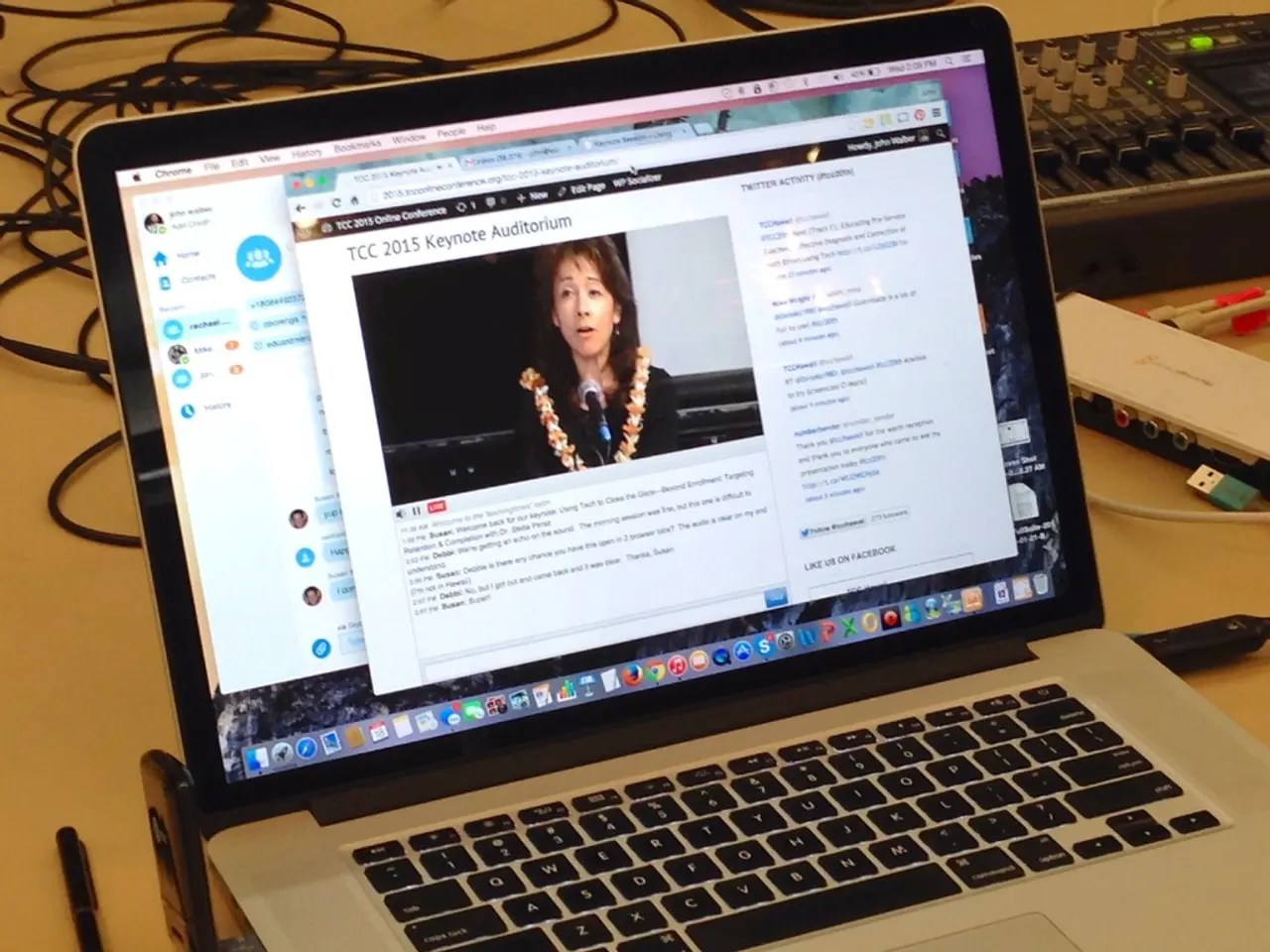Discusses Fine Line Construction with Happy Holden Regarding HDI Technology
In the realm of electronics, High-Density Interconnect (HDI) printed circuit boards (PCBs) are gaining popularity due to their potential to offer more reliability, higher electrical performance, and cost savings compared to traditional through-hole boards. However, designing an HDI PCB requires careful consideration of several key factors.
- Stack-up Architecture
- A well-planned layer stackup is crucial for managing signal integrity, thermal performance, and manufacturability. Common architectures include sequential build-up stacking, like 2+N+2 or 4+2+4, where microvia layers are added on either side of a core to increase routing density without excessive complexity.
- Balancing the number of layers is essential; too many increase cost and complexity, but too few limit routing options. For many applications, moderate stack-ups (e.g., 4+2+4) provide sufficient performance at better cost.
- Via Types and Placement
- Incorporating microvias (diameters <150 µm) for high-density vertical interconnections, along with blind and buried vias to reduce signal path lengths and EMI, is essential.
- Strategic via placement is vital to maintain controlled impedance and reduce crosstalk, especially for high-speed signals.
- Material Selection
- Choosing laminates with a high glass transition temperature (Tg > 170°C) for thermal durability is important.
- For high-frequency or high-speed designs, select low-loss materials with dissipation factors below 0.005 to minimize signal attenuation.
- Consider copper foil thickness (typically 1 oz or 2 oz) based on current requirements; thicker foils improve thermal and current-carrying capacity essential for power-intensive components.
- Thermal Management
- Utilizing thermal vias and copper planes to dissipate heat efficiently is vital. For instance, placing thermal vias near power ICs can reduce operating temperatures by 10-15°C, thereby improving reliability and lifespan.
- Testability
- HDI PCBs are complex and dense, making test access challenging. Design for testability by providing test pads, accessible vias, or employing boundary scan and built-in self-test (BIST) techniques where possible.
- Controlled Impedance
- Maintaining consistent impedance (typically ~50 Ω for single-ended lines) by tightly controlling trace widths, spacing, and dielectric thicknesses is essential.
- Using simulation during layout to optimize signal paths and avoid impedance mismatches and crosstalk is crucial for high-frequency/high-speed signals.
- Manufacturing Collaboration
- Engaging early with PCB fabricators to ensure design manufacturability is vital. Focus on microvia aspect ratios (preferably below 0.75:1), trace widths, and achievable tolerances to avoid production issues and maintain yield.
In conclusion, designing an HDI PCB demands a careful balance of advanced stack-up topology, precise via engineering, appropriate material choice, rigorous thermal and signal integrity management, and design for testability, all coupled with early collaboration with manufacturers to meet performance and cost targets effectively.
It's recommended to design a test vehicle for the first HDI board to test the material and ensure testability before designing the actual product. Working with the fabricator's testability guarantee, reliability, and material's overall performance can aid in the profit and performance of future HDI designs.
Planning the stack-up and microvia structure is important in HDI design, and running out of vias during the design process should be avoided. HDI materials are covered by IPC 4104, which brings about an entirely new set of constraints and rules for designers.
When determining whether to use HDI, it's important to consider the design's requirements and whether the benefits of HDI, such as increased density, reduced size, and improved electrical performance, outweigh the potential complexities and costs.
[1] "High-Density Interconnect (HDI) Technology" (2019), Gerber Technology. [2] "Designing High-Density Interconnect (HDI) PCBs" (2020), Altium. [3] "High-Density Interconnect (HDI) PCB Design Guidelines" (2021), Cadence Design Systems. [4] "High-Density Interconnect (HDI) PCB Design Best Practices" (2022), Sierra Circuits.
- In the realm of HDI PCB design, it's essential to consider the use of controlled impedance, which can be achieved by maintaining consistent impedance (typically ~50 Ω for single-ended lines) through precise control over trace widths, spacing, and dielectric thicknesses.
- To optimize signal paths and avoid impedance mismatches and crosstalk for high-frequency/high-speed signals, using simulation during layout is crucial. Additionally, designing a test vehicle before developing the actual product can help ensure material compatibility and testability.




